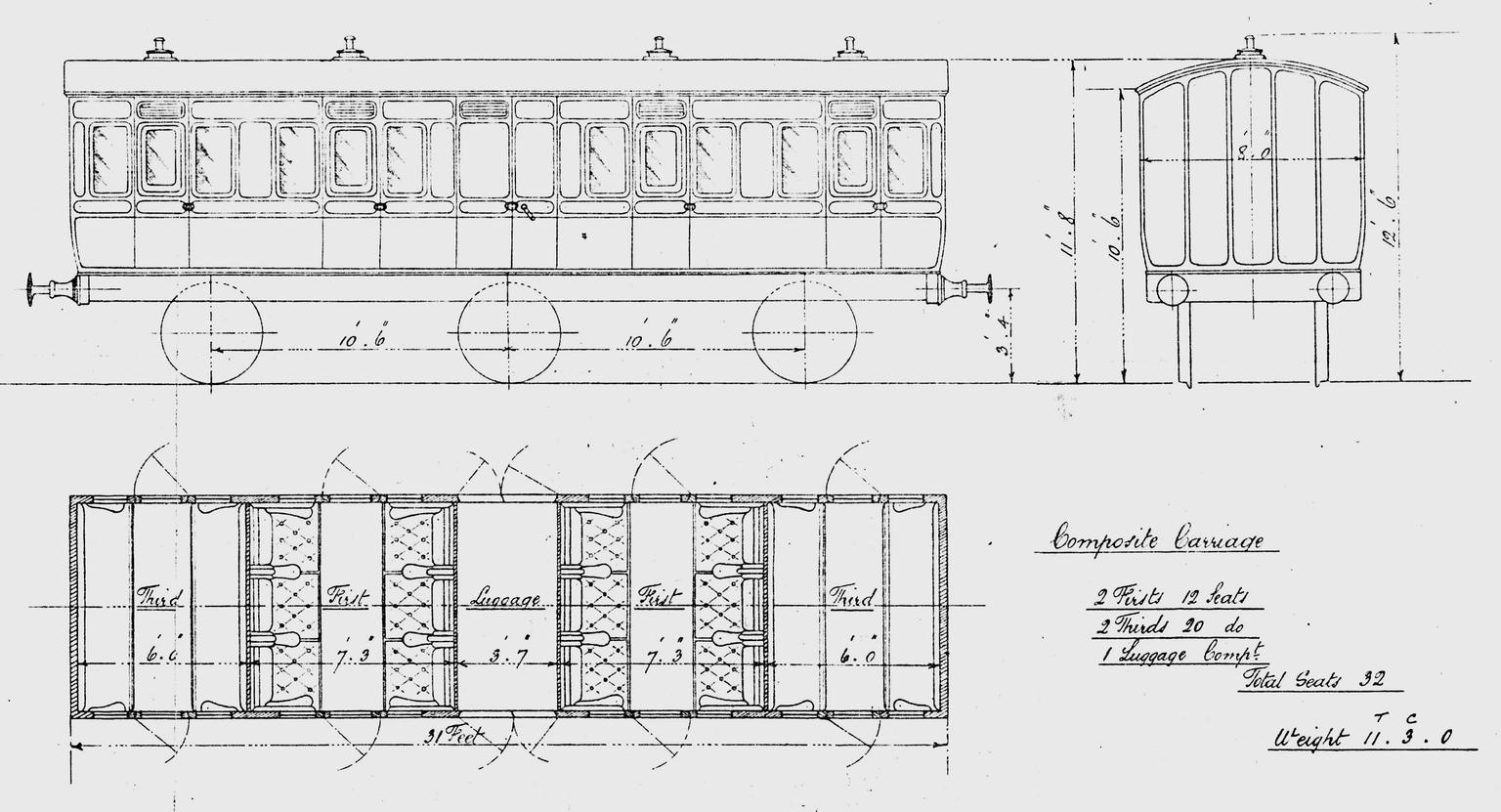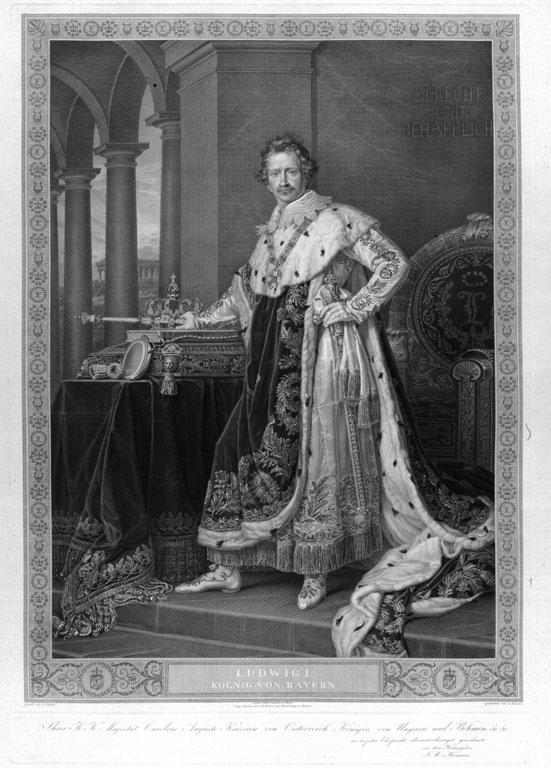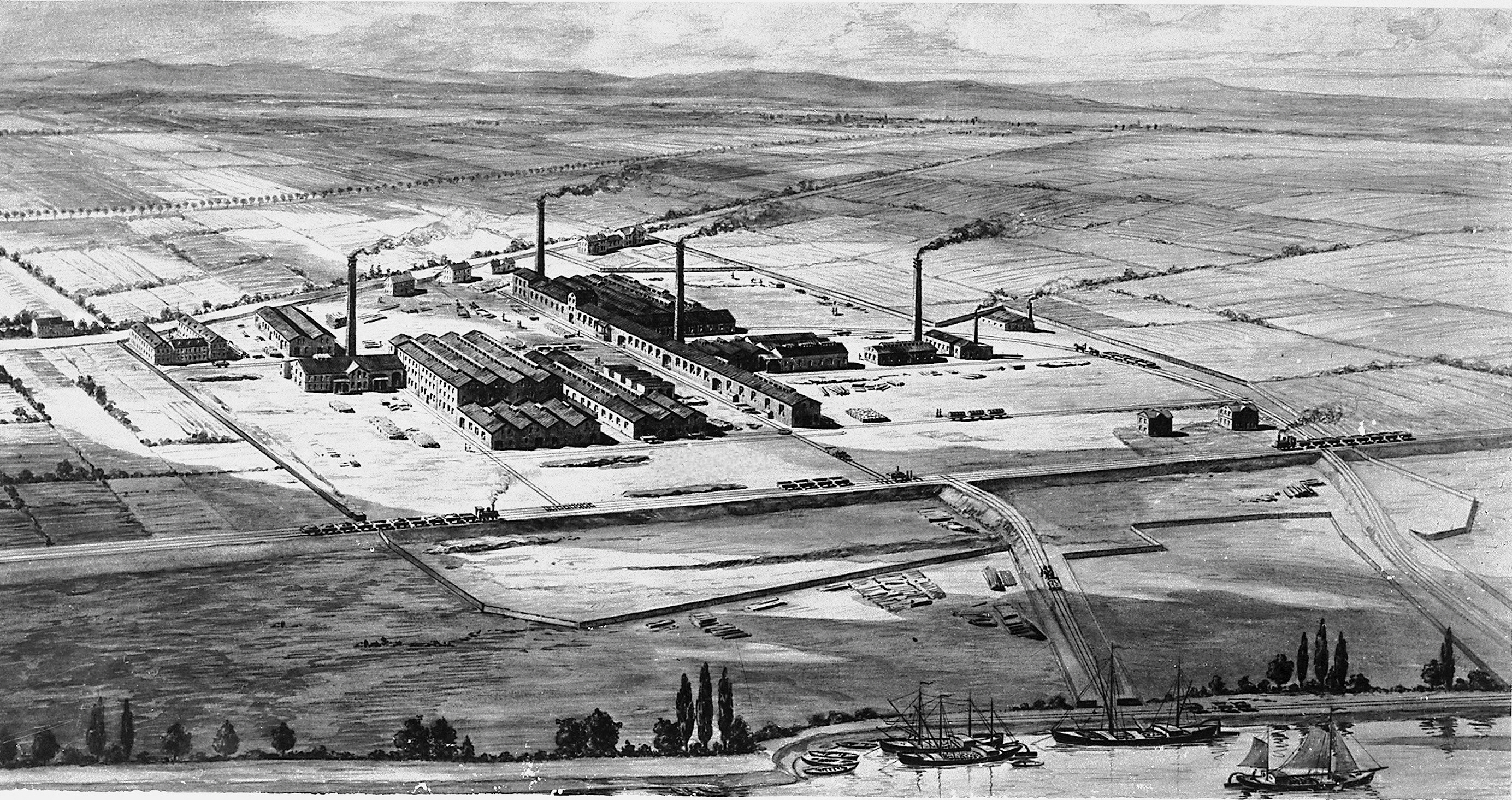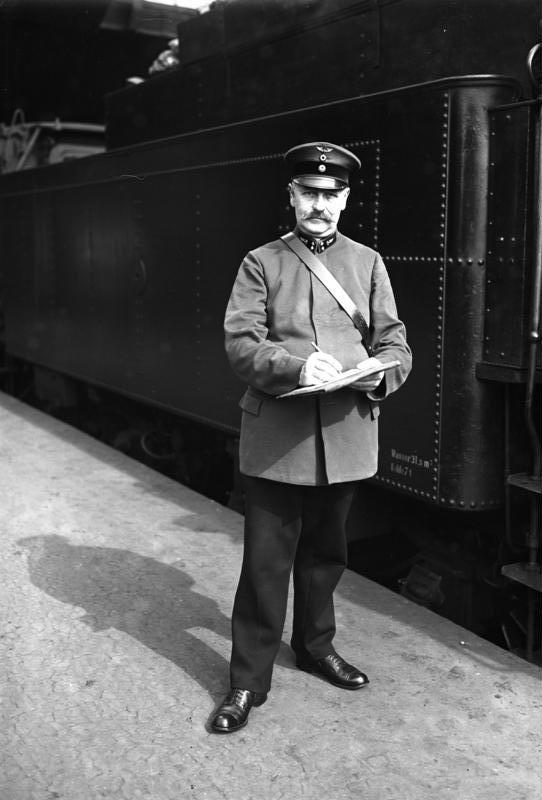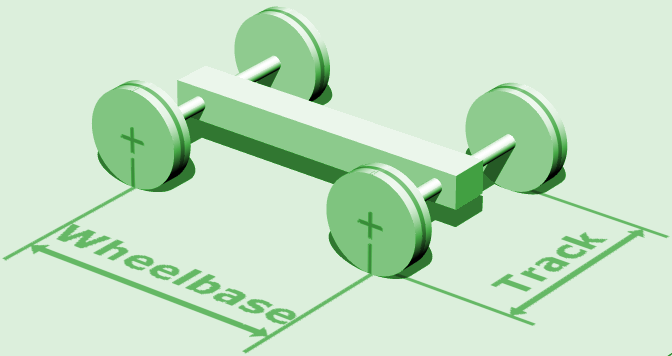|
Umbauwagen
The Umbau-Wagen or Umbauwagen was a type of German railway passenger coach operated by the Deutsche Bundesbahn (DB) which appeared in the mid-1950s. The name means "rebuild coach" and they were made by rebuilding or converting former state railway ('' Länderbahn'') compartment coaches, many of which were over 30 years old. Origins After the Second World War, the DB, like the Deutsche Reichsbahn (DR) in East Germany, had a serious deficit of stock as well as a very aged fleet of coaches, a situation which lasted into the 1960s. In the 1950s the bulk of the fleet for local and ''Eilzug'' (semi-fast) trains was still made up of 22,345 four-, six- and eight-wheeled compartment and open coaches of the former Prussian and Bavarian classes from the period before and after the First World War. The few city coaches bought for ''Eilzug'' services at the beginning of the 1950s were nowhere near enough to replace and modernise the very outdated stock of passenger coaches and which was a ... [...More Info...] [...Related Items...] OR: [Wikipedia] [Google] [Baidu] |
Compartment Coach
A compartment coach is a railway passenger coach (US: passenger car) divided into separate areas or compartments, with no means of moving between compartments. The compartment coach should not be confused with the corridor coach which also has separate compartments but, by contrast, has a corridor down one side of the coach interior onto which the compartment doors open. English origins Originally compartment coaches were passenger coaches with several separate compartments in the same coach body, each compartment having its own doors on the side of the coach to enable passengers to board and alight. The compartment coach was developed at the very beginning of the railway era in England simply by placing a post coach body on a railway undercarriage. Compartment coaches were used across almost the whole of Europe and were built right up to the 1930s. On the European continent they were sometimes referred to as ''English coaches'' or coaches built to the ''English system''. ... [...More Info...] [...Related Items...] OR: [Wikipedia] [Google] [Baidu] |
Eilzugwagen
The ''Eilzugwagen'' was a type of railway passenger coach (US: passenger car) specially developed for German semi-fast (or fast stopping) trains, known as ''Eilzüge''. These coaches were first built in the 1930s and continued to be produced until the 1950s. Today all coaches of this type have been retired. A number still run on museum railways. General ''Eilzüge'' first ran in Germany in 1907. These were express trains ('' Schnellzüge''), that did not switch to hauling the new through coaches, but stayed with the conventional, eight-wheeled compartment coaches common at that time. Not until the end of the 1920s did the Deutsche Reichsbahn consider developing special wagons as eight-wheeled open coaches for the semi-fast train class. Coaches Type E 30 Following the construction of trials coaches in 1928 and 1929, the full production of 150 ''Eilzugwagen'' began in 1930; 2nd and 2nd/3rd class variants being turned out. The full designation of these coaches was B4i-30 (later ... [...More Info...] [...Related Items...] OR: [Wikipedia] [Google] [Baidu] |
Ausbesserungswerk Leinhausen
An Ausbesserungswerk (abbreviation AW or Aw) is a railway facility in German-speaking countries, the primary function of which is the repair (and formerly also the construction) of railway vehicles or their components. It is thus equivalent to a 'repair shop' or 'works'. It is also referred to as a Centralwerkstatt or Zentralwerkstatt (central workshop) or Hauptwerkstatt (main workshop). During the Deutsche Reichsbahn-Gesellschaft (DRG) period between the two world wars these facilities were called Reichsbahnausbesserungswerke (RAW) (Reichsbahn repair shops). Terminology Whilst the term ''Ausbesserungswerk'' was used by the former Deutsche Bundesbahn in West Germany after the war, the railway workshops in the Deutsche Reichsbahn in East Germany continued to refer to them as ''Reichsbahnausbesserungswerke'' until 1992. The term ''Hauptwerkstatt'' was also commonly used by state railways ('' Länderbahn'') or private railways and they are still called that today, for example, in Au ... [...More Info...] [...Related Items...] OR: [Wikipedia] [Google] [Baidu] |
Ludwigshafen
Ludwigshafen, officially Ludwigshafen am Rhein (; meaning "Ludwig's Port upon Rhine"), is a city in the German state of Rhineland-Palatinate, on the river Rhine, opposite Mannheim. With Mannheim, Heidelberg, and the surrounding region, it forms the Rhine Neckar Area. Known primarily as an industrial city, Ludwigshafen is home to BASF, the world's largest chemical producer, and other companies. Among its cultural facilities are the Staatsphilharmonie Rheinland-Pfalz. It is the birthplace and deathplace of the former German chancellor Helmut Kohl. In 2012, Ludwigshafen was classified as a global city with ' Sufficiency' status by the Globalization and World Cities Research Network (GaWC). History Early history In antiquity, Celtic and Germanic tribes settled in the Rhine Neckar area. During the 1st century B.C. the Romans conquered the region, and a Roman auxiliary fort was constructed near the present suburb of Rheingönheim. The Middle Ages saw the foundation ... [...More Info...] [...Related Items...] OR: [Wikipedia] [Google] [Baidu] |
Ludwigshafen Am Rhein
Ludwigshafen, officially Ludwigshafen am Rhein (; meaning "Ludwig's Port upon Rhine"), is a city in the German state of Rhineland-Palatinate, on the river Rhine, opposite Mannheim. With Mannheim, Heidelberg, and the surrounding region, it forms the Rhine Neckar Area. Known primarily as an industrial city, Ludwigshafen is home to BASF, the world's largest chemical producer, and other companies. Among its cultural facilities are the Staatsphilharmonie Rheinland-Pfalz. It is the birthplace and deathplace of the former German chancellor Helmut Kohl. In 2012, Ludwigshafen was classified as a global city with ' Sufficiency' status by the Globalization and World Cities Research Network (GaWC). History Early history In antiquity, Celtic and Germanic tribes settled in the Rhine Neckar area. During the 1st century B.C. the Romans conquered the region, and a Roman auxiliary fort was constructed near the present suburb of Rheingönheim. The Middle Ages saw the foundation of some of ... [...More Info...] [...Related Items...] OR: [Wikipedia] [Google] [Baidu] |
BASF
BASF SE () is a German multinational chemical company and the largest chemical producer in the world. Its headquarters is located in Ludwigshafen, Germany. The BASF Group comprises subsidiaries and joint ventures in more than 80 countries and operates six integrated production sites and 390 other production sites in Europe, Asia, Australia, the Americas and Africa. BASF has customers in over 190 countries and supplies products to a wide variety of industries. Despite its size and global presence, BASF has received relatively little public attention since it abandoned the manufacture and sale of BASF-branded consumer electronics products in the 1990s. At the end of 2019, the company employed 117,628 people, with over 54,000 in Germany. , BASF posted sales of €59.3 billion and income from operations before special items of about €4.5 billion. Between 1990 and 2005, the company invested €5.6 billion in Asia, specifically in sites near Nanjing and Shanghai ... [...More Info...] [...Related Items...] OR: [Wikipedia] [Google] [Baidu] |
Control Car
A control car, cab car (North America), control trailer, or driving trailer (UK and Ireland) is a non-powered rail vehicle from which a train can be operated. As dedicated vehicles or regular passenger cars, they have one or two driver compartments with all the controls and gauges required to remotely operate the locomotive, including exterior locomotive equipment such as horns, bells, ploughs, and lights. They also have communications and safety systems such as GSM-R or European Train Control System (ETCS). Control cars enable push-pull operation when located on the end of a train opposite its locomotive by allowing the train to reverse direction at a terminus without moving the locomotive or turning the train around. Control cars can carry passengers, baggage, and mail, and may, when used together with diesel locomotives, contain an engine-generator set to provide head-end power (HEP). They can also be used with a power car or a railcar. European railways have used co ... [...More Info...] [...Related Items...] OR: [Wikipedia] [Google] [Baidu] |
Silberling
Silberling is the colloquial name for the n-coaches of the Deutsche Bundesbahn, a type of regional passenger coach of which more than 5,000 units were built from 1958 to 1981. Nearly all of the coaches have undergone extensive modernisation – these modernised units are widely known as ''Mintling'', ''Grünling'' ("greenling") or ''Rotling'' ("redling") after their exterior colours. The term ''Buntling'' ("colourfulling") is used to denote refurbished Silberling coaches in general. Origin of the name The term ''Silberling'' derives from the coaches' stainless steel body which gave them a unique look during their term of service. Translated it means "silverling" in the English language. Historically, Silberling is a silver coin and widely known from the bible: the thirty pieces of silver (in the German Bible: "30 Silberlinge", Matthew 26,14) Judas obtained for his treason. Technical data Type overview * Indicator z: Central control (''Zugsammelschiene'') * Indicator r: d ... [...More Info...] [...Related Items...] OR: [Wikipedia] [Google] [Baidu] |
Buffer Beam
A headstock of a rail vehicle is a transverse structural member located at the extreme end of the vehicle's underframe. The headstock supports the coupling at that end of the vehicle, and may also support buffers, in which case it may also be known as a buffer beam. The headstocks form part of the underframe of a locomotive or a railroad car. The headstocks of locomotives, railcars and cabcars also support headlamps and the hoses for air brakes, vacuum brakes as well as the cables for train control and head end power. Length over headstocks A commonly used measurement relating to a rail vehicle is its length over headstocks, which is the length of the vehicle excluding its couplings or buffers (if any). Alternative expressions for length over headstocks are length over coupler pulling faces, usually applied to Janney couplers, and length over buffers. See also * Anticlimber * Buff strength * Bumper * Crashworthiness Crashworthiness is the ability of a st ... [...More Info...] [...Related Items...] OR: [Wikipedia] [Google] [Baidu] |
Deutsche Reichsbahn
The ''Deutsche Reichsbahn'', also known as the German National Railway, the German State Railway, German Reich Railway, and the German Imperial Railway, was the German national railway system created after the end of World War I from the regional railways of the individual states of the German Empire. The ''Deutsche Reichsbahn'' has been described as "the largest enterprise in the capitalist world in the years between 1920 and 1932"; nevertheless its importance "arises primarily from the fact that the Reichsbahn was at the center of events in a period of great turmoil in German history". Overview The company was founded on 1 April 1920 as the ("German Imperial Railways") when the Weimar Republic, which still used the nation-state term of the previous monarchy, (German Reich, hence the usage of the in the name of the railway; the monarchical term was ), took national control of the German railways, which had previously been run by the German states. In 1924 it was reorgan ... [...More Info...] [...Related Items...] OR: [Wikipedia] [Google] [Baidu] |
Wheelbase
In both road and rail vehicles, the wheelbase is the horizontal distance between the centers of the front and rear wheels. For road vehicles with more than two axles (e.g. some trucks), the wheelbase is the distance between the steering (front) axle and the centerpoint of the driving axle group. In the case of a tri-axle truck, the wheelbase would be the distance between the steering axle and a point midway between the two rear axles. Vehicles The wheelbase of a vehicle equals the distance between its front and rear wheels. At equilibrium, the total torque of the forces acting on a vehicle is zero. Therefore, the wheelbase is related to the force on each pair of tires by the following formula: :F_f = mg :F_r = mg where F_f is the force on the front tires, F_r is the force on the rear tires, L is the wheelbase, d_r is the distance from the center of mass (CM) to the rear wheels, d_f is the distance from the center of mass to the front wheels (d_f + d_r = L), m is the mas ... [...More Info...] [...Related Items...] OR: [Wikipedia] [Google] [Baidu] |
